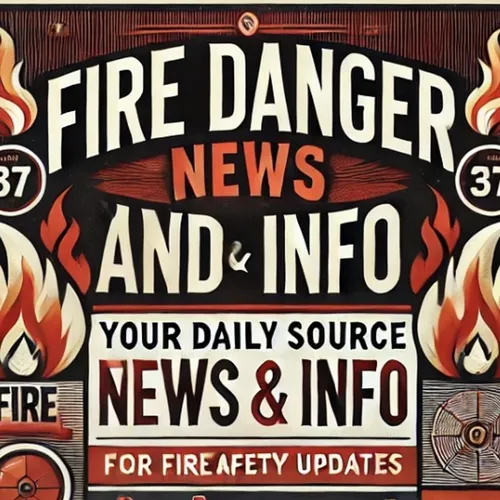Escalating Fire Danger Prompts Warnings and Restrictions Across the U.S.
- Author
- Quiet. Please
- Published
- Sat 24 May 2025
- Episode Link
- https://www.spreaker.com/episode/escalating-fire-danger-prompts-warnings-and-restrictions-across-the-u-s--66257084
Fire danger levels are on the rise across multiple regions of the United States as we move deeper into May 2025. In Northern California, the first Red Flag Warning of the year was issued on May 17th, extending from Modesto to Redding. The warning remained in effect until 8 PM on Monday, May 19th, with winds in the Central and Sacramento Valleys reaching sustained speeds of 10 to 20 mph and gusts up to 35 mph. These conditions prompted officials to close several public areas in Fairfield and suspend all burning in Amador, El Dorado, Alpine, and Sacramento counties.
On the east coast, firefighters battling the Black Swamp Fire in the Croatan National Forest in North Carolina have made significant progress, achieving 85 percent containment as of May 17th. This marks a positive development in what has been a challenging wildfire situation for the region.
Meanwhile, the Bureau of Land Management implemented fire restrictions on May 23rd to reduce wildfire risk on public lands in the Albuquerque and Las Cruces Districts of New Mexico. These restrictions affect public lands across fourteen counties including Bernalillo, Catron, Cibola, and Doña Ana.
Just yesterday, on May 24th, multiple resources responded to a new fire start on private lands south of Interstate 40, west of Grants, New Mexico. Named the Merrill Fire, it originated on private lands before crossing into adjacent Forest Service lands of the Mt Taylor Ranger District.
The Cibola National Forest and National Grasslands also implemented Stage 1 Fire Restrictions on all National Forest System lands in the Magdalena Ranger District starting May 22nd. These restrictions reflect growing concerns about fire potential in the region.
Weather experts point to critical fire weather conditions developing in both the Northern Plains and Southwest United States, as noted in a May 23rd update from the National Weather Service. The Village of Ruidoso has even proclaimed May 17th as Wildfire Community Preparedness Day, urging residents to clear brush and create evacuation plans.
Fire danger typically increases in May due to warming temperatures, drier conditions, longer burn periods, and increasing sun angles. While periodic low-pressure systems may temporarily moderate fire danger in some regions, experts anticipate hotter and drier conditions returning more consistently in late May and into June, potentially elevating fire danger across multiple Western states.
